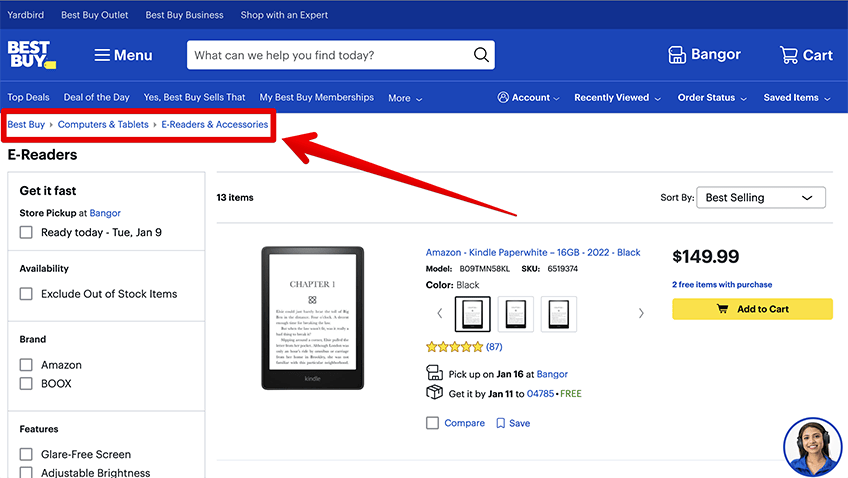Do This to Bring Meaning to Work
Your boss can’t give you meaning. Neither can your organization. You can work in healthcare and feel work is meaningless. You can work on an assembly line and find meaning in monotonous work.
Meaning doesn’t come from delivering babies or peeling potatoes.
Meaning comes from within. Activities can be useful or destructive, moral or immoral, difficult or easy, energizing or monotonous.
We don’t find meaning at work. We bring meaning to work.
Viktor Frankl said, “What is demanded of man is not, as some existential philosophers teach, to endure the meaninglessness of life, but rather to bear his incapacity to grasp its unconditional meaningfulness in rational terms.”
Frankl echoes words found in Ecclesiastes. “[God has] put eternity in the human heart, yet no one can fathom what God has done…” We know there’s more to life, but you can’t figure it out.
Do this to bring meaning to work:
#1. Own it:
Meaning doesn’t jump from behind the door yelling, “Ta Dah! I’m here.”
Belief that meaning is “out there” creates anxiety. The search is futile because you’re looking in the wrong place.
#2. Make it:
Meaning is based on personal values and beliefs.
#3. Reflect on it:
Bringing meaning to work requires self-reflection. No one does it for you.
- What are your beliefs? Jews, Muslims, and Christians believe meaning is about honoring God. But you don’t have to be religious to live a meaningful life.
- What are your values? Meaningful living aligns with your values. Boring work is meaningful when you value providing for your family, for example.
#4. Grow it:
Meaning isn’t magic. Even if you believe life is about honoring God, you still must work out what that means. Sometimes it’s clear. Other times it’s foggy.
How do we bring meaning to work?
What are the downsides of expecting work to bring us meaning?
Still curious:
Find Meaning and Purpose at Work – I Don’t Think So
Simple Practices That Will Change Your Life
How to Find Meaning When Your Job Feels Meaningless
Like this:
Like Loading…








 Continue reading
Continue reading
















